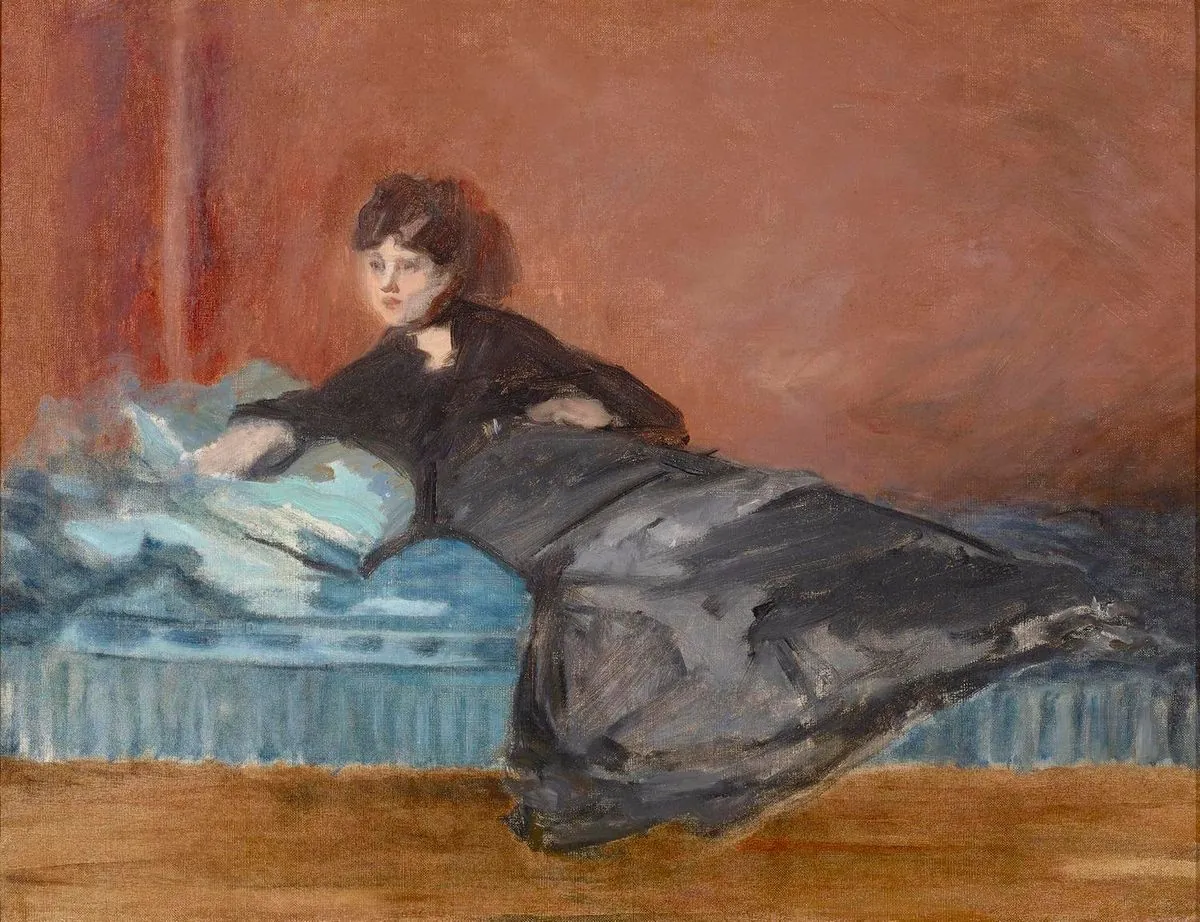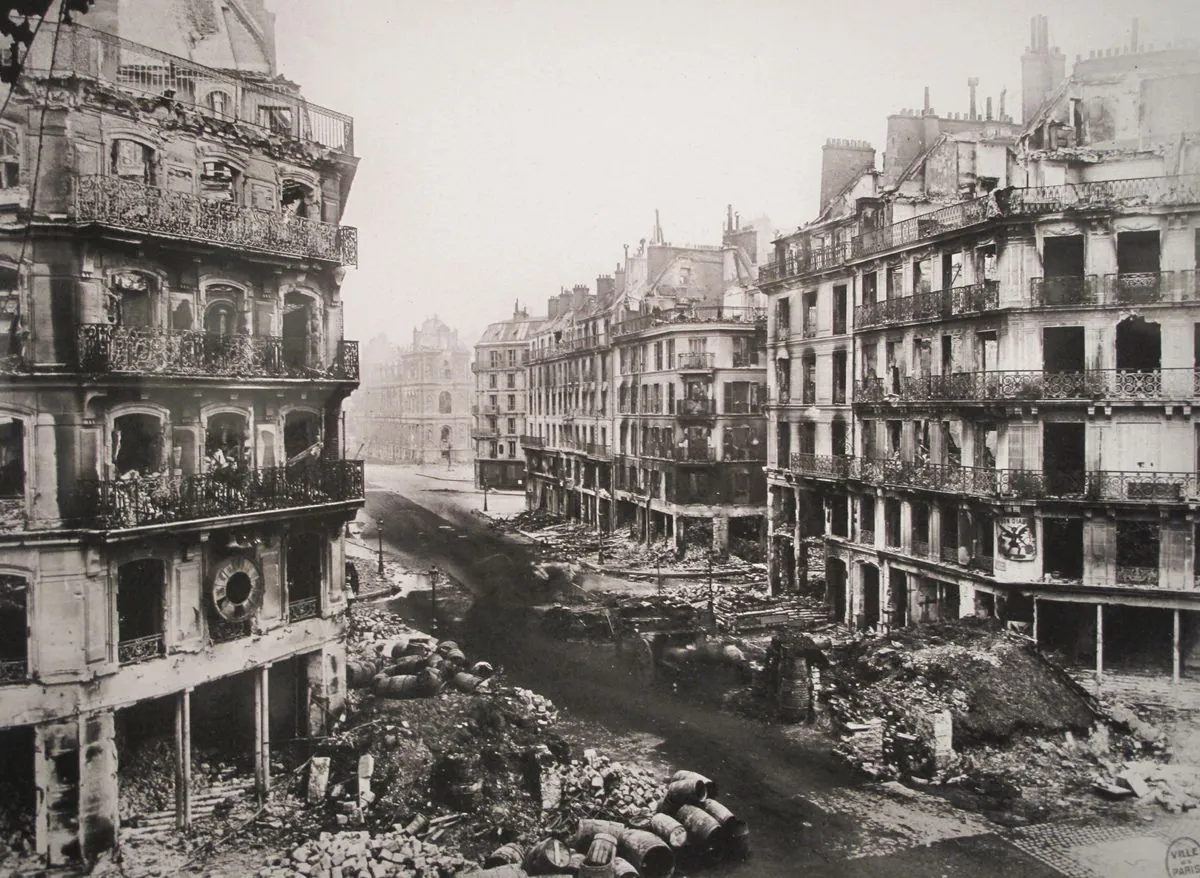Impressionism's Birth: Art Amid Paris's Turmoil in 1870-1871
The siege of Paris and subsequent Commune shaped the birth of Impressionism. Artists like Manet and Morisot, who endured these events, created a new artistic movement in response to societal trauma.

The birth of Impressionism, one of the most beloved art movements, emerged from a period of intense turmoil in Paris during 1870-1871. This era, marked by the Franco-Prussian War and the Paris Commune, profoundly influenced artists like Édouard Manet and Berthe Morisot, who remained in the besieged city.
During the siege of Paris, which lasted from September 19, 1870, to January 28, 1871, communication with the outside world was maintained through innovative means. Letters were airlifted out of Paris by balloon, while replies were delivered by homing pigeons carrying miniaturized messages in goose quills tied to their tail feathers.
Édouard Manet, now recognized as the father of Impressionism, and Berthe Morisot, one of the few female Impressionist painters, experienced the hardships of the siege firsthand. They endured severe food shortages, illness, and the constant threat of violence. Manet briefly served in the National Guard, a citizen militia formed to defend Paris.
"I have made up my mind to stay. I have the firm conviction that everything will come out better than expected."
This optimism was soon challenged by the harsh realities of the siege and the subsequent Paris Commune, a radical socialist government that ruled Paris from March 18 to May 28, 1871. The period culminated in the "Bloody Week," marked by intense fighting and numerous executions as government forces retook the city.

In the aftermath of these events, the first Impressionist exhibition opened in the spring of 1874. This marked the beginning of a new artistic movement that would transform the art world. Impressionism, characterized by its focus on light, color, and everyday subjects, can be seen as a response to the political extremism and societal trauma of the preceding years.
Berthe Morisot chose to participate in this groundbreaking exhibition, despite Manet's advice to the contrary. Her decision proved pivotal, as she went on to exhibit in seven of the eight Impressionist exhibitions held between 1874 and 1886. Manet, however, continued to seek recognition through the traditional Paris Salon, the official art exhibition of the Académie des Beaux-Arts.
The emergence of Impressionism signaled a shift away from ideological rhetoric and towards a more democratic, secular vision of art. These artists painted scenes of everyday life, avoiding the rubble-strewn streets of central Paris in favor of parks, riverbanks, and signs of reconstruction. Their work offered a form of visual healing for a society deeply scarred by recent events.
As France grappled with its political future, teetering between republic and monarchy, the Impressionists' vision of a peaceful, democratic society gradually became normalized. Their radical new way of picturing the world ultimately triumphed, giving birth to the avant-garde and reshaping our understanding of beauty in art.


































